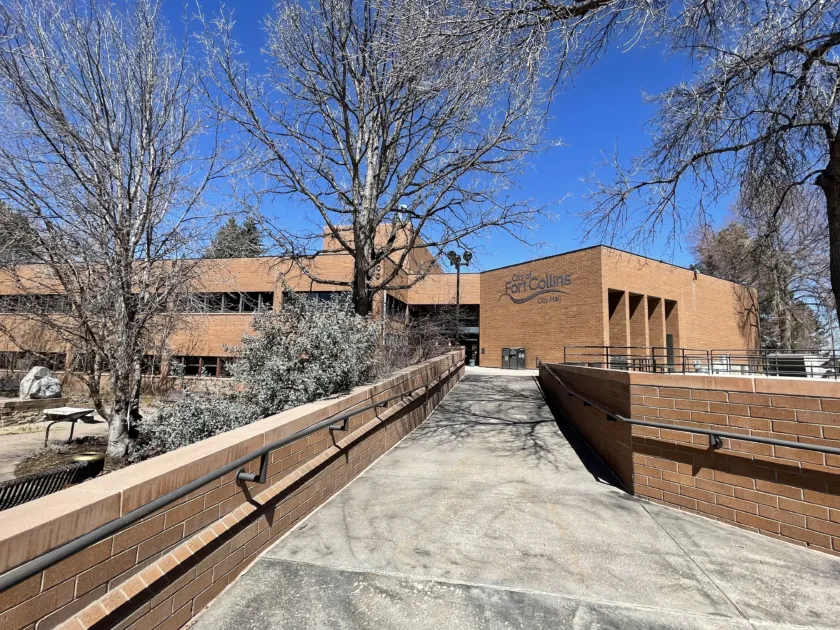Fort Collins council eyes trimmed-down land-use code 3.0

FORT COLLINS — The city’s third try to rewrite its voluminous 26-year-old land-use code will likely be without its most-controversial parts — for now, anyway.
Fort Collins City Council members, at a work session that followed Tuesday’s regular meeting, were mostly supportive of the city staff’s new effort toward increasing density in hopes of spurring more affordable and attainable housing choices.
But the two who have opposed the changes all along, council members Kelly Ohlson and Susan Gutowsky, stuck to their support for citizens whose petition drives had successfully derailed the city’s first two attempts, contending that the quest to add diversity…
THIS ARTICLE IS FOR SUBSCRIBERS ONLY
Continue reading for less than $3 per week!
Get a month of award-winning local business news, trends and insights
Access award-winning content today!




